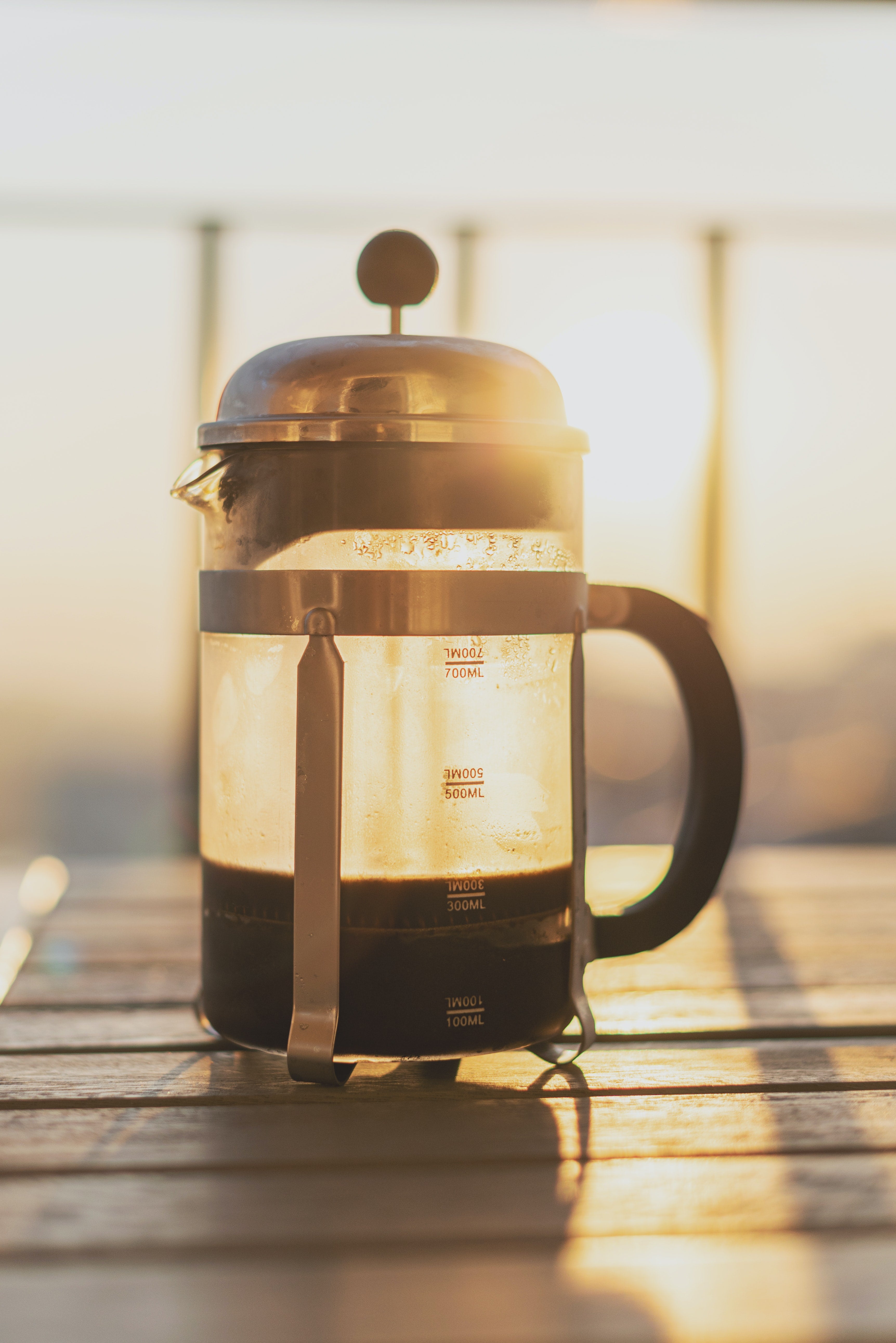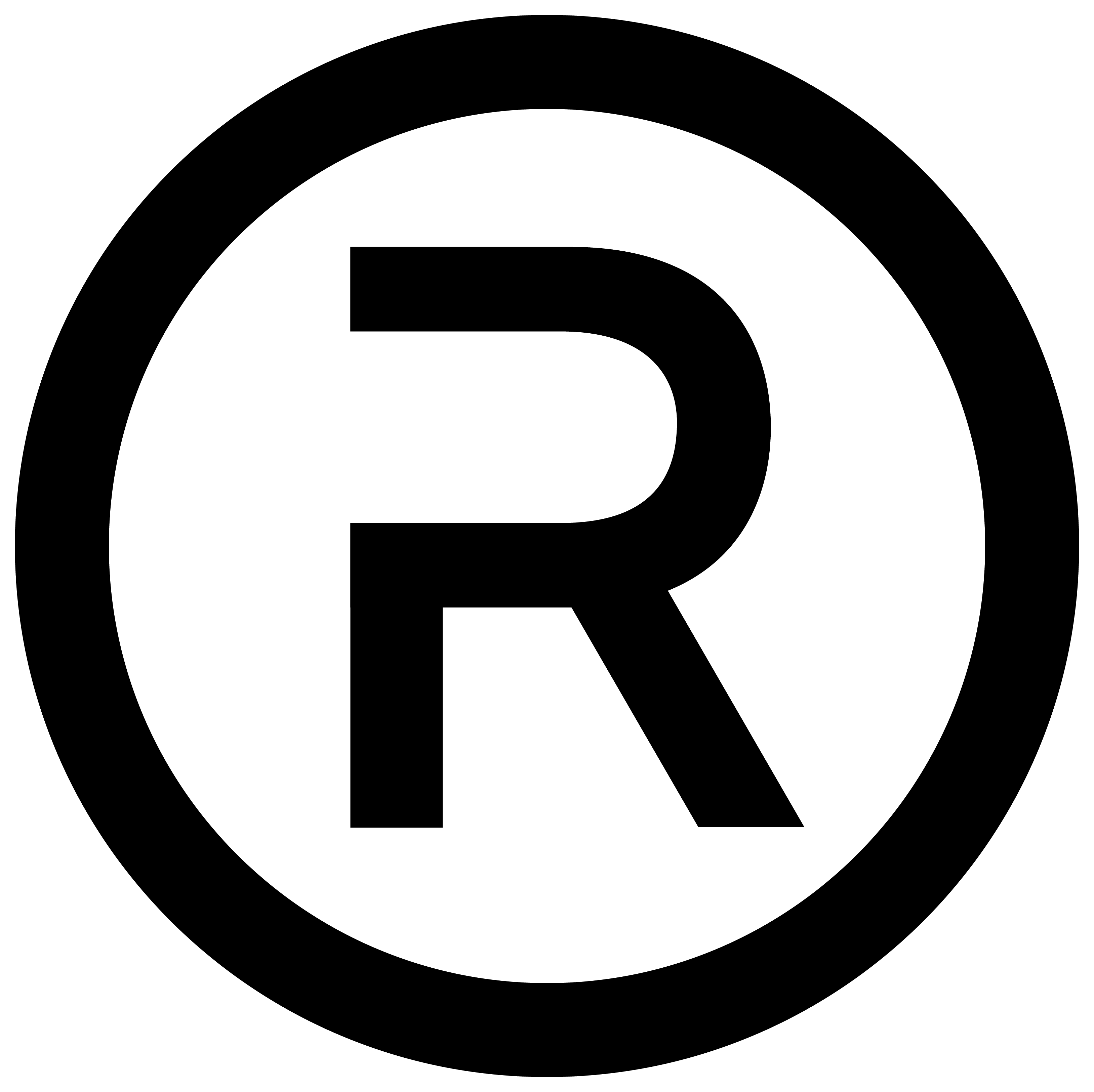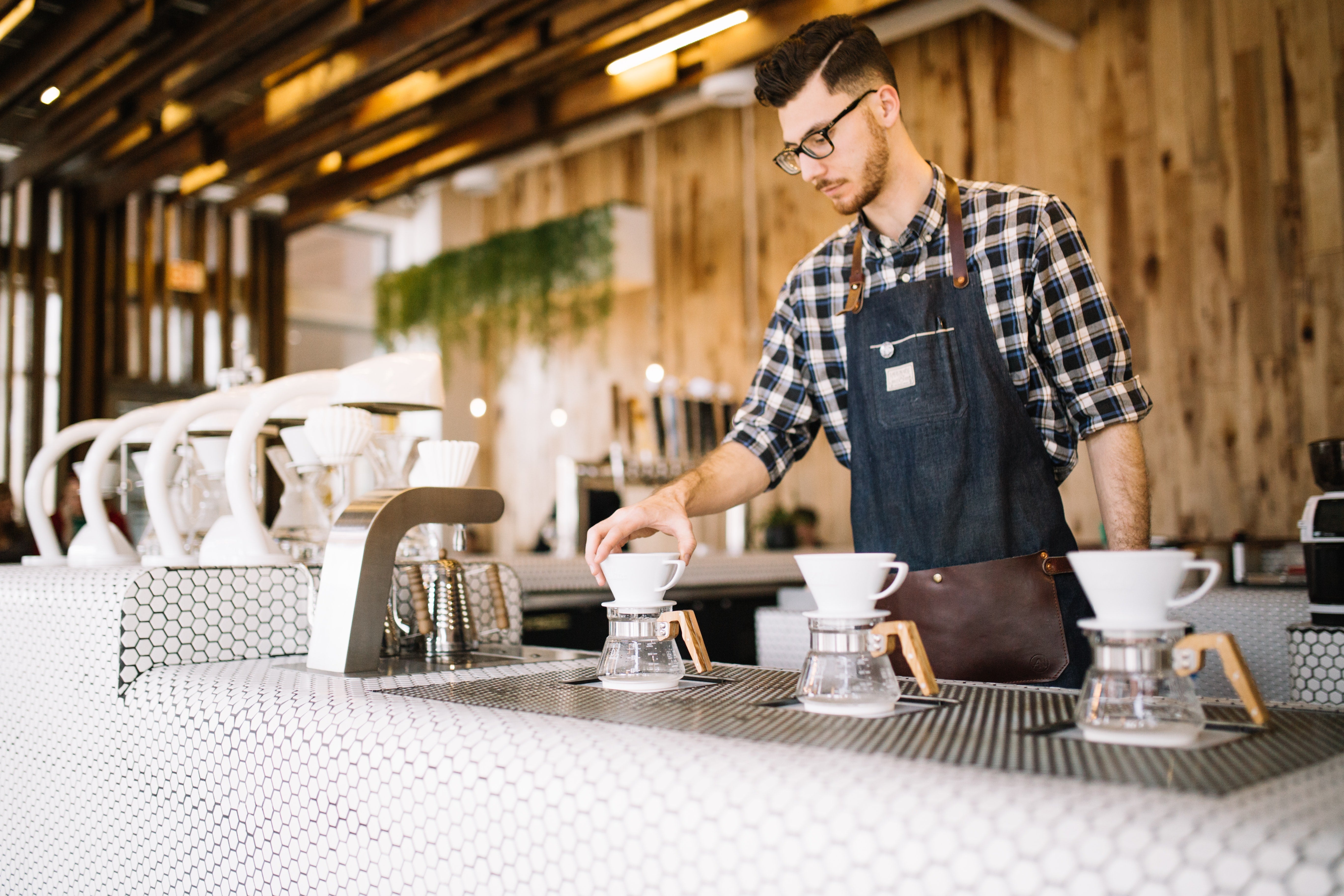
How to make a Perfect Plunger Coffee

The Coffee Plunger: The king of simple, delicious, uncomplicated brews.
Of course you can go with ‘a couple of tablespoons of coffee, dump in the water and plunge’ method. But you can also make a really refined brew with just a little more more effort.
For full immersion brewers, rather than percolation brewers like the pourover, we use 70g of coffee per litre. There’s a couple of reasons, largely that they tend to not extract quite as much coffee, so to maintain a reasonable strength we can adjust the amount of coffee we use.
So for a 250g brew, you’ll want 17.5g of coffee.
You'll want to Grind the beans quite coarse, but never coarse enough that you start getting large, bouldery particles. They won’t extract properly.
Now that we've got our coffee ground:
- Boil the Water
- Add 17.5g of coffee to your empty plunger
- Tare your scales, get your timer ready
- Pour in 50g of water, give it a stir to get everything saturated.
- At 30 seconds, fill it to 250g.
- At 4 minutes, give the brew a very gentle paddle to break the crust
- Using two spoons, carefully scrape off the foam and scum at the top of the brew
- Gently depress the filter
- Pour and drink.



Leave a comment
This site is protected by hCaptcha and the hCaptcha Privacy Policy and Terms of Service apply.